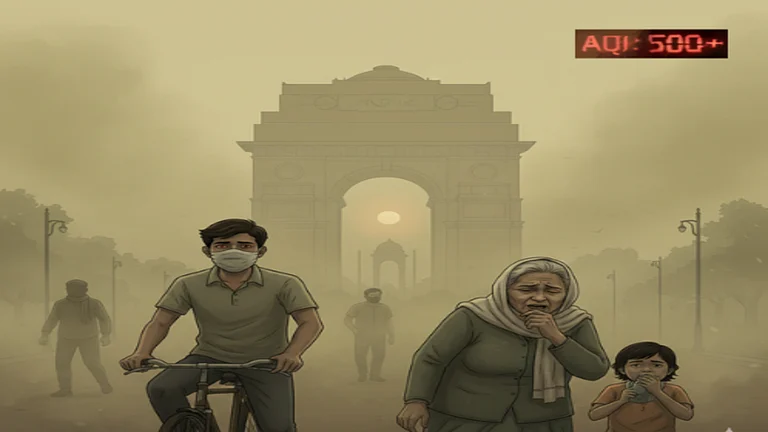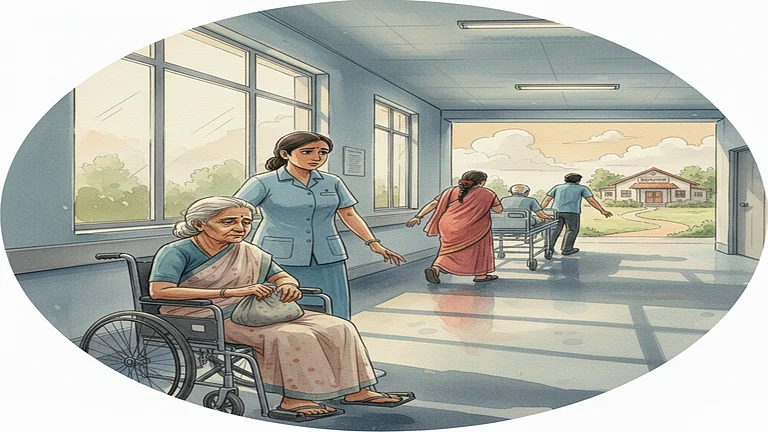Term insurance is often seen as a cornerstone of fine financial planning for individuals who have dependents on them such as parents, spouses, and children. It’s a policy safety net that steps in when life takes an unexpected turn to provide financial cushion to your family. The data on term insurance in 2024 reveals a picture that is more than just about policies, rather trends that reflect vulnerabilities leading up to the claims on term plans.
A recent report by Policybazaar.com, an online insurance marketplace, shows that heart diseases now account for nearly 25-30 per cent of term insurance claims. Cardiovascular diseases are second only to natural causes which stand at 30-45 per cent.
The growing number of heart diseases as a leading cause of term claims is a concerning trend. Lifestyle choices including sedentary habits, high-stress jobs, and diets heavy in processed food take a toll on both the young and elderly generations alike. Though awareness around cardiovascular health is growing, the claim trends underline a grim reality.
Accidents have contributed around 15-20 per cent of the term insurance claims. These figures are more than just statistics as they reveal how lifestyle shifts or changes may be impacting healthcare for individuals and the role of insurance in Indian households.
“Heart disease and natural causes remain the most prevalent reasons for term insurance claims, which is consistent with the overall ageing population and the growing awareness of health risks. Covid-19 claims also reflect the ongoing impact of the pandemic on life insurance needs even after 3 years,” the report states.
Men Dominate The Claims, But Why?
The data shows that men account for almost 90-92 per cent of claims, driven mainly by two factors.
- First, the term insurance penetration among men is significantly higher as compared to men. This is picture of traditional societal norms where men are often the primary income earners in the family, which necessitates the need for them to buy a term plan.
- Second, the male mortality rate is also a contributing factor highly influenced by reasons such as stress, risk-taking behaviour, and lifestyle choices.
But term insurance for women is not a declining trend. Another report by Policybazaar released in September this year noted that term insurance purchases by women in India have seen a significant increase, with an 80 per cent surge in the last two years.
The data showed a 120 per cent uptick in the purchase of high-cover plans by women, indicating that they are not only buying more insurance but also choosing policies with larger cover amounts. However, working women, including both salaried and self-employed individuals, account for a majority (around 50-60 per cent) of such policy purchases.
Nevertheless, housewives also made their mark, representing 40 per cent of the term insurance policies bought by women.
Urban Populace Makes the Most Claims
The residents of states such as Maharashtra, Uttar Pradesh, Delhi, Karnataka, and Gujarat made the most number of term insurance claims. These urban centers, which house a blend of diverse and larger populations, have better access to financial literacy and insurance products.
These areas see higher claim volumes due to a combination of larger populations and greater awareness of the importance of life insurance.
“Regions with higher urban populations and greater access to financial services see more claims because policyholders are more likely to engage with life insurance products,” the report states.
Term Riders Taking More Space
The data shows that insurance riders like critical illness and accidental death benefit are gaining popularity among policy buyers.
Approximately 35-40 per cent of term insurance policyholders are opting for riders like critical illness and accidental death benefits. A rider caters to specific risks and offers additional protection against the financial impact of severe illnesses or unexpected accidents.
The data points towards a growing desire for comprehensive protection, particularly among those concerned about critical illnesses or accidents wherein policyholders are increasingly looking beyond basic plans, seeking solutions tailored to their unique needs.

















